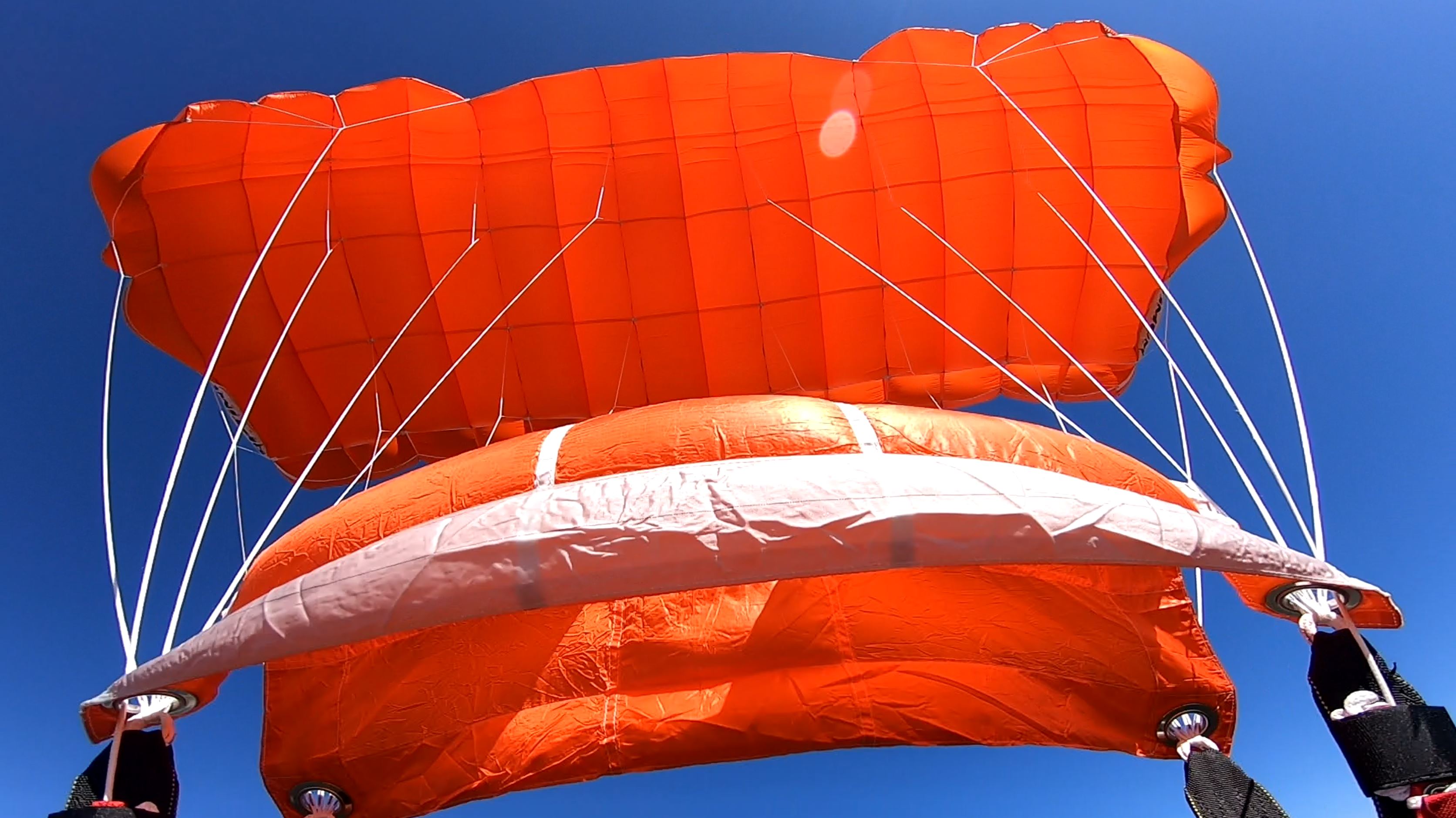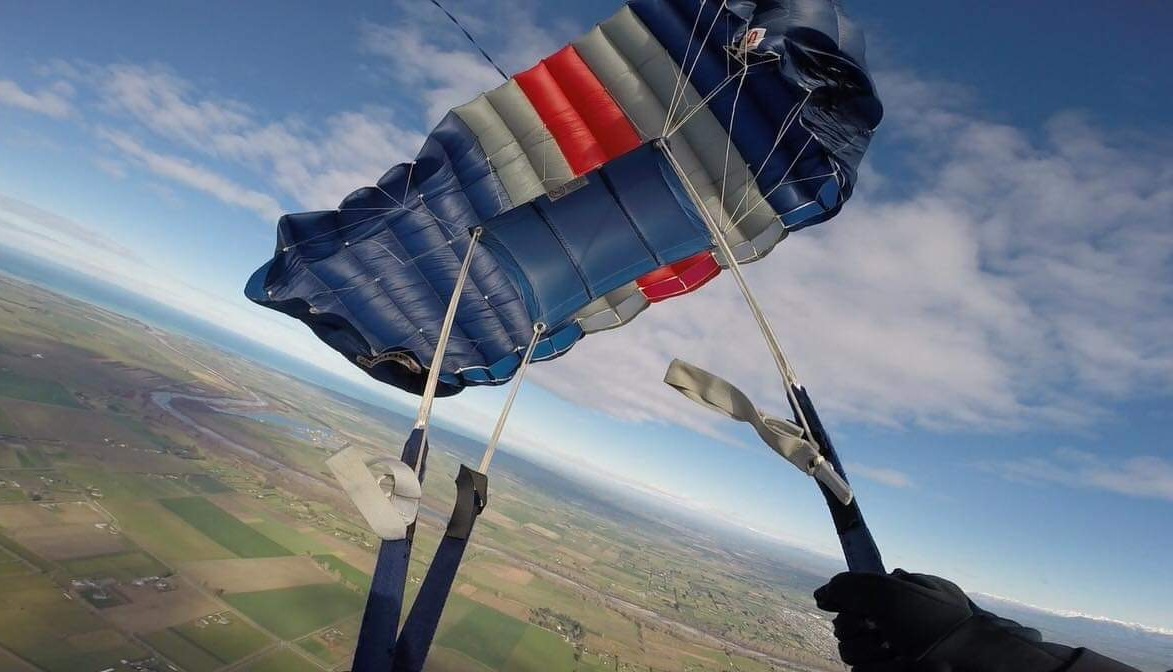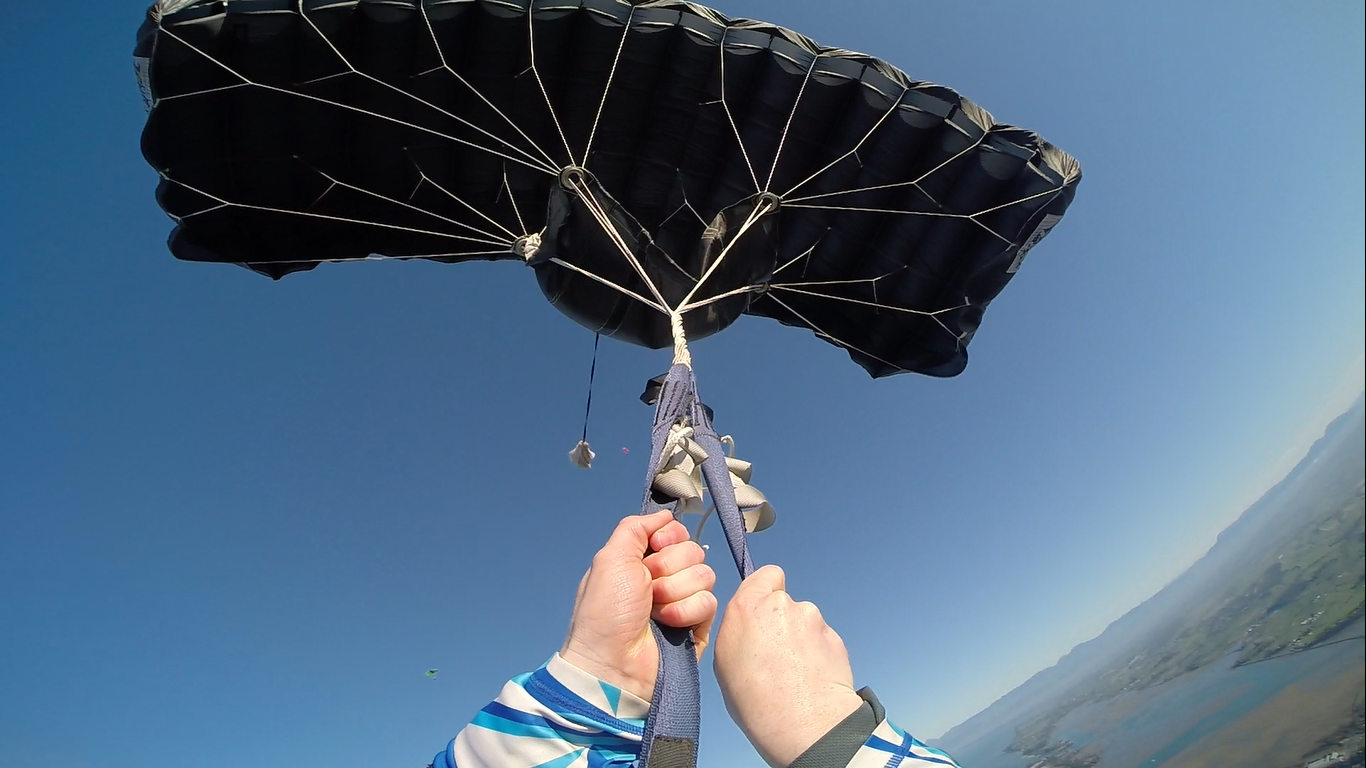Identifying "routine opening problems" and knowing how to resolve them. By Charl Rootman, APF Safety and Training Manager.
We don't criticise skydivers who perform Emergency Procedures (EPs) when they believe they have a serious problem with their main parachute. If you land your reserve safely, you have done the right thing. Jumpers need to act quickly and confidently in an emergency - time is critical.

We also only have two "chances" on every skydive: one main parachute and one reserve parachute. We should always attempt to use and land with the main first. It is silly to get rid of a functioning and safe main parachute and put all of your faith in your last chance when there is no need for it.
Routine Opening Problems

Main parachutes sometimes open with what we call "routine opening problems". These are not malfunctions, although they can develop into malfunctions if not dealt with appropriately. Closed end cells, slider not all the way down, and premature toggle release are some of these. Some parachute types also have a tendency to dive and start spiralling after an asymmetrical opening, with no abnormality. Skydivers are trained to deal with these situations.
Most of these situations can be resolved by releasing both toggles, in some cases then applying some brakes or flaring once or twice (depending on the type of parachute). Using toggles in this way, if done in a timely fashion, has also proven to resolve minor tension knots and some line-overs.
Another routine opening problem is line twists, which can be resolved by leaving the toggles stowed and instead grabbing the risers and scissor kicking to try to encourage the lines to "untwist"- all whilst remaining altitude aware of course.

A trend is emerging where skydivers experience some of these routing opening problems and then go straight to EPs without any attempt to resolve it (i.e. never touching the toggles). Of course this has happened periodically for as long as we have been jumping, however, it appears the number of such incidents is increasing among jumpers of a medium experience level.
All jumpers, instructors and CIs need to ask: Is this happening because there is a lack of knowledge and understanding? Is there a part of training or continuing education that is lacking? Is there attrition or memory as jumpers progress? Or are some jumpers simply "trigger happy" or scared of their main parachutes, potentially jumping something smaller and more radical than what they are really comfortable with?
No-one wants jumpers to hesitate when EPs are required. We want jumpers to act quickly and confidently. We need to teach them (and each other) to recognise what can be resolved and what can not, and act accordingly. We also need to up the odds in our favour by landing with our main parachute as often as possible.
Do you know how to identify "routine opening problems" and how to resolve them?
About the Author

Charl Rootman, APF Safety and Training Manager, is originally from South Africa and now lives in South Australia. He has 30 years of skydiving experience and multiple instructor level ratings behind him.
[Photo Sources: Dan Stutley, Lucy Clacher]